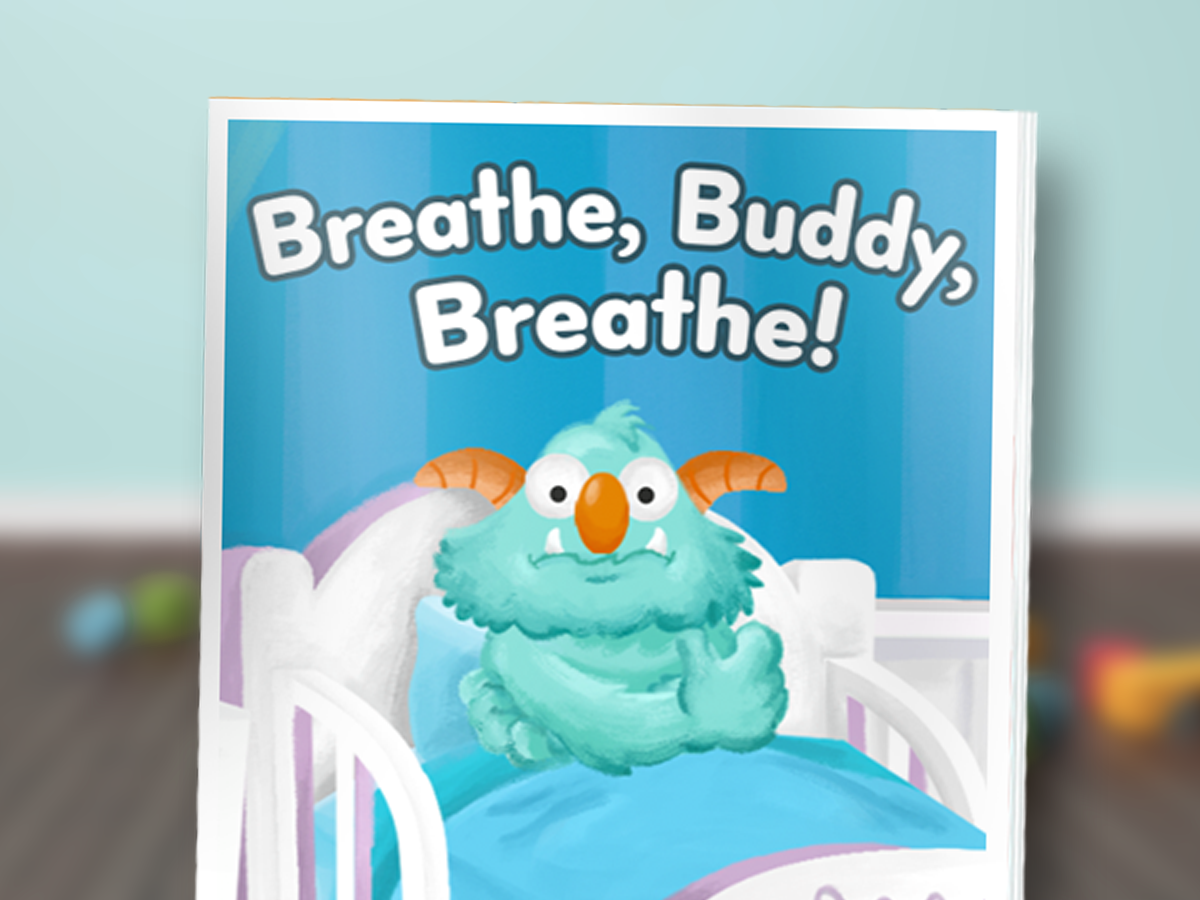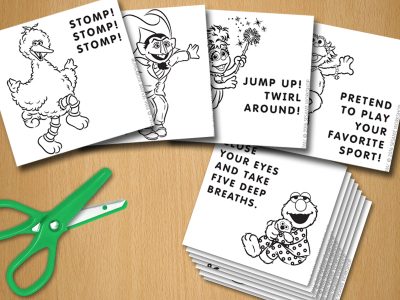
Sesame Strong, Session 6: Managing My Feelings
Talk about many ways grown-ups can help kids manage their feelings.
Welcome to Session 6. This week is all about helping kids manage big feelings.
You’ll learn strategies to share with parents and explore resources they can use to practice.
Download this week’s overview and the caregiver take-home packet.
Remember: As with all Sesame Strong bundles, you can share the messages, strategies, and resources with caregivers in many ways (not just in a workshop setting). Keep it simple, and do what works for you!
1. Gather & Share
Gather & Share
- Consider beginning your parent mini-session with a mindfulness moment.
- Check in. How did the Sesame Strong activities go last session? What was your favorite resource? Any challenges? Questions?
- Introduce this session’s Big Idea (the “why”): Showing children how to manage big feelings helps them deal with challenges and hard emotions.
- Then, share this session’s Strategy Spotlight (the “how”): Belly Breathing.
Talk with parents about the many ways grown-ups can help kids manage and cope with big feelings. Belly Breathing is one way. It’s a strategy that can be done anytime, anyplace. It’s great for us grown-ups too, and today we’ll practice together.
This week’s caregiver resources support our theme by providing opportunities to explore, read, and play together. The next sections outline how you might review these resources with parents, and ways they can use them at home with their children.
2. Me Time
Me Time
Challenging behavior often happens when children can’t figure out how to express their big feelings. Remind parents what an asset they can be to their kids when they help them name and express those feelings in a positive way. Distribute the Recognizing and Expressing Big Feelings article, and ask parents to underline tips or points they’d like to remember.
Then discuss the article, asking parents, What stood out to you? How can you introduce new feelings vocabulary to your child? Can you relate to just wanting your feelings to be acknowledged? Remind parents that sometimes all that’s needed is for kids to know that they’re being heard. This validation is often all it takes for them to move on.
3. Explore Together
Explore Together
Remind parents: Learning to name emotions can help children cope with them. These two videos show different feelings and how belly breathing can help!
Ask parents to watch at home with their children and take turns choosing an emotion to show on their faces. Parents can show kids how taking a deep breath and practicing self-hugs can help with angry feelings.
4. Read Together
Read Together
Breathe, Buddy, Breathe is a digital storybook that shows children how to think through a solution when big feelings happen. Invite parents to cuddle up and read the story together with children. Can they practice some belly breathing together, just like Buddy does? Is there a problem they can think through together?
5. Play Together
Play Together
Practicing strategies when children are calm gives them tools to use when they’re not. The Breathe, Think, Do interactive models one calm-down strategy. Families can laugh and learn together as they help a Sesame Street friend calm down and solve everyday challenges.
When we’re worried or upset, moving our bodies can help us feel better. Invite families to play Elmo Says together and stomp, wiggle, and dance their worries away. Then keep the physical activity going with a walk outside or a family dance party!
6. Friendly Reminders & Notes for Next Time
Friendly Reminders & Notes for Next Time
Remind
- Questions are always welcome. Share with parents the best way to contact you with questions.
- Review the date and time for next session’s mini-workshop.
- Thank parents for their partnership and participation.
Reflect
- What went well?
- What could I do differently for the next session?
- Who might I ask for help?



